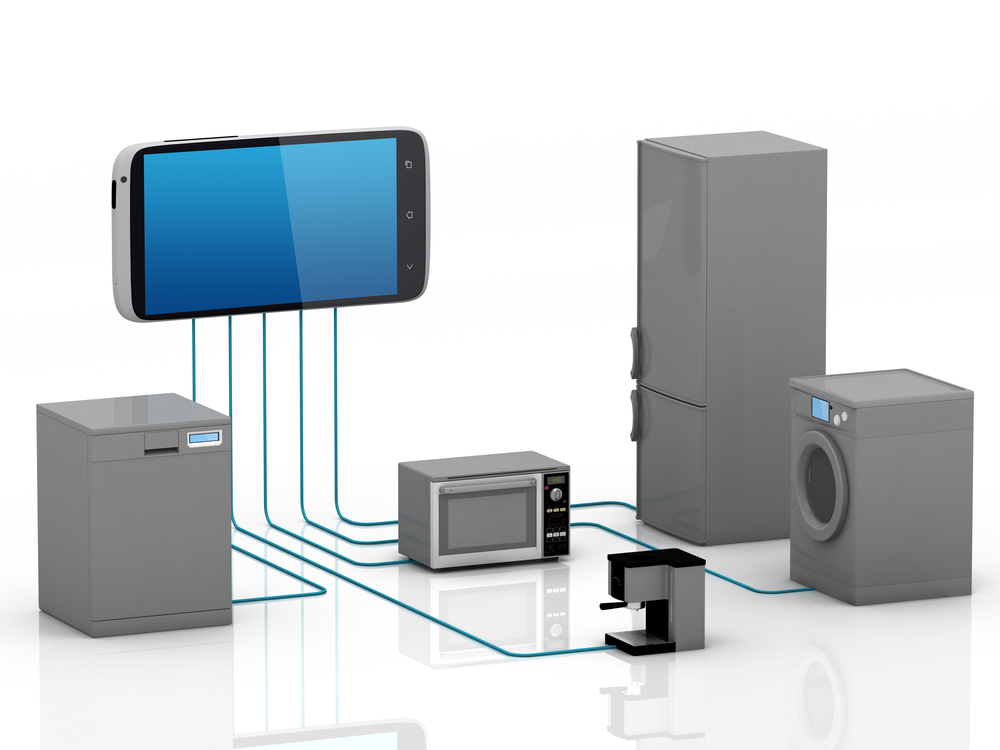Hyper-connected innovations have brought huge potential to the global economy, helping turn ideas in a hyper-connected world into truly digital services. Gone are the days of computers, tablets and smartphones being the only items to use for us to connect online.
Although they remain the primary way of connecting, there are a huge amount of everyday objects – from an internet-connected toothbrush from Oral B, to connected cars – that allow us to go online and interact with different services instantaneously. Couple these everyday objects with sensors and we have some truly different end-user experiences to enhance interactions in society.
There is no denying the impact of digital technology on our lives – both professionally and as consumers. With this rapid growth in use, it has become increasingly important for organisations across all sectors to take advantage of the Internet of Things in order to remain both relevant and competitive.
>See also: Why the Internet of Things is more than just a smart fridge
Recent research by Fujitsu revealed that the UK is well on its way to becoming a digital-first nation, with more than a quarter of Brits always using digital services when given the chance. One of the most surprising results from the report was how financial services was the driving force when it comes to digital, with online banking trumping other digital services as the most valued and most used (67% and 63% respectively). The research results made it clear that digital confidence is growing amongst consumers as new technologies become embedded into their lives.
However, there is room for improvement. According to the research, nearly 40% of consumers want the UK to make faster digital progress. Although digital is transforming the way people use products and services, there is so much more potential.
Consider the world today. A traffic accident that has occurred in a busy city during rush hour; a cyclist is badly injured and urgently needs emergency treatment. Time delays are caused by a variey of problems – from the late arrival of the ambulance to traffic jams. Vital minutes, which can mean the difference between life and death, are lost.
But, in a hyper-connected world the cyclist’s experience would be different. The motion sensor in his wearable device would be able to detect the impact, provide his location and send his changing heart rate to a human-centric ICT system – raising an alarm. Before a passer-by can telephone for help, the control centre is already aware of the emergency and has dispatched an ambulance. The paramedics arrive and stabilise the cyclist. The system recognises traffic is gridlocked around the nearest hospital and that the next nearest has limited beds available. The third hospital however is free from traffic and with staff available immediately. The system plots the best route through the traffic, estimating the cyclist will get access to emergency treatment much faster, saving critical time and perhaps saving his life.
This might sound futuristic but systems are available to enable this kind of connected world. Technology is able to deliver new innovative approaches and unify the digital experience – something that is especially important in situations where data is drawn from lots of different sources.
>See also: Making the Internet of Things a business reality
So what does this mean for the future of digital and the impact on our everyday lives?
For many industries, digital is already the channel of choice. However focusing on innovation and service quality in order to offer customers the best possible experience, whether that’s digital or human interaction, is key. This is especially important in the public sector to help ensure that digital services serve everyone, helping to enhance citizen interaction and, in some cases, saving lives.
As the digital and technology landscape continues to develop, there are more ways than ever to innovatively interact and engage with citizens. However, this brings huge challenges for organisations that need to make sense of what to modernise and transform. As we look to the future it is critical that organisations have strategies in place to leverage digital services and create a balanced experience for the public.
Sourced from Mike Sewart, Fujitsu







